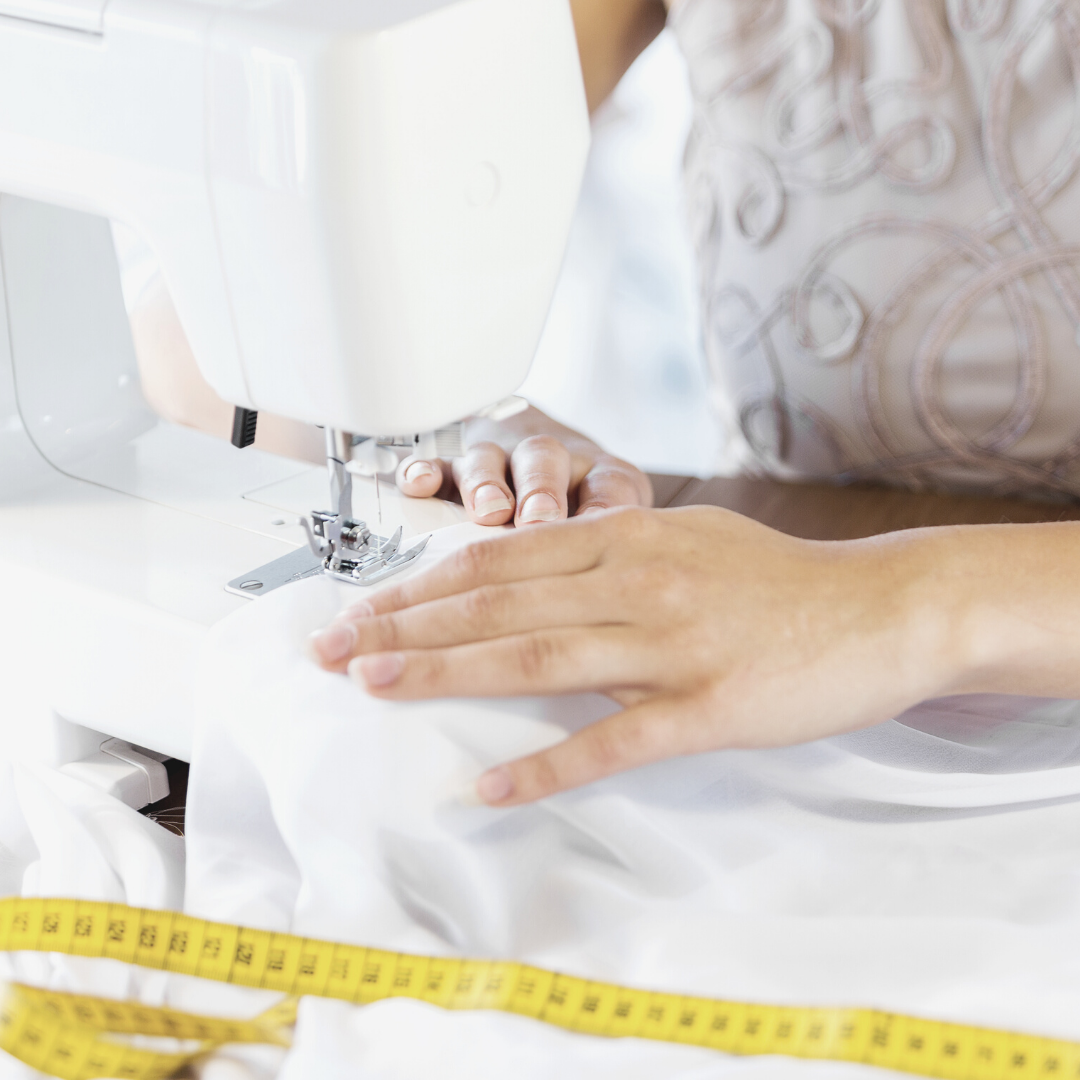10 ways to reduce your fashion carbon footprint now.

Where do you start to reduce your fashion carbon footprint? By knowing the impact of the choices you make. To that end I have put together my Top 10 hierarchy of sustainable fashion habits in order of their positive impact.
No. 1 Wearing the clothes you already have.
Wearing the clothes you already have.
It’s not as dull and boring as it sounds; honest! There is no better way to keep your impact on the planet down, because the most sustainable clothes are absolutely those already in your wardrobe. The only resources that get used on them are electricity, water and detergent to wash them. (Provided you air-dry them of course!)
Rewearing what you already have, by combing them in new ways, keeps your look fresh and up to date – and that is the feel good factor we desire. This is a frump free zone!
Confession: I get a smug contentedness when I rewear something that is from many a year gone by yet still makes me feel fab. It’s sustainable style gold.
No. 2
Alter what you already have.
Take it in, let it out, add to the waistline, shorten the sleeves, change the length – longer not just shorter, embellish or decorate.
Alterations are in a class of their own these days and will only become more important in the coming years as we realise the value and beauty of those pieces we have already spent time collecting. Our wardrobes are an extension of our personalities and life experiences. Even those things that might no longer fit physically or perhaps aesthetically with the lifestyle you now lead, can be altered to suit your present day needs.
There is an energy requirement and possible addition of new resources to alter existing garments but on average these garments will have greater longevity than a mended or repaired garment and therefore earns it’s No. 2 place in my scale of fashion sustainability.
No. 3 Mend and repair what you have.
Mend and repair what you have.
It has possibly lost its full appeal but there’s still plenty of life left in it, so repairing what you have is a great habit to adopt. And sometimes the repairs you undertake can actually elevate a garment and make you fall in love with it all over again.
My worn until it was worn out, 15 year old blue cashmere cardigan springs to mind, now with its custom contrast cream elbow patches, makes it jump back up to a category 1 garment again. I can’t wait to wear it on repeat in new ways and old now that it feels like a whole new piece of clothing.
There is energy and new resources required to fix and repair damaged goods, but if you’re a dab hand with a needle and thread and don’t need fancy machines to fix something – I applaud you!
No. 4 Buy something second hand from a charity.
Buy something second hand from a charity.
This can be through an online charity such as Thrift+ or even better in terms of carbon footprint, your local charity physical store. It means no new clothes are made with the associated footprint of manufacturing, even if they are from a sustainable source. It also supports employment and volunteers, as well as the charitable cause itself. The third sector economy does vital work both in local communities and for the causes they support, so it’s a bit of a winning combination all round, hence why I rank it at the No. 4 spot.
No. 5 Buying second hand via a resale site.
Buying second hand via a resale site.
There are an abundance of options and it’s a huge growing market. Online resale businesses include ebay, Depop or Vestaire Collective (best for designer pieces) to name a few of the current big players. Obtaining something from a clothing swap also counts in this category.
You might think all second hand is the same but buying or swapping from a resale site which is not linked to charity or even friends doesn’t earn quite as high an all round ‘doing good’ ranking as clothes sold or swapped via a site such as Thrift+
No. 6 Buy from a sustainable brand.
Buy from a sustainable brand.
It’s hard to quantify this as the variations within a brand and their range of products is vast but generally spending your money on the most sustainable version you can find of the item you need (note I said ‘need’!) is a vote for brands to continue to make and develop sustainable products. Fashion has often dictated to the customer what they should buy. If we shunned everything that is unsustainable and only bought what is, it would start to turn the tables, giving customers some power and influence over future products. Use the app, Good On You, to help you choose well.
No. 7 Clothing Rental.
Clothing Rental.
This sounds like a good option but only if it is going to reduce the overall amount of new clothes made on the planet. I am concerned that rental doesn’t reduce consumption significantly; it just shifts it from ownership to non-ownership, to ease the guilt of the consumer. The subscription service such as Nuuly sounds very appealing where you get 6 items to try each month but that’s 72 new to me items a year. Most clothing enters the rental market brand new (although occasionally vintage or second hand pieces do appear too) and I can’t get the math to stack up in my mind. Even if half of the 72 pieces offered to me had already been rented out a few times, there’s the shipping them back and forth, laundering and it may only have been worn a few hours…my jury is still on the fence on the effectiveness of rental as a true sustainable fashion approach.
No. 8 Buy a non sustainable item knowing it will help you to wear what you already have.
Buy a non sustainable item knowing it will help you to wear what you already have.
That missing link piece that actually helps you to wear your existing wardrobe more. Some items of clothing do genuinely wear out or we just can’t fit into them and the one that matches your needs isn’t available with sustainable credentials. Things will hopefully change in the future on that front.
No. 9 Craft your clothes.
Craft your clothes.
The items of clothes that are not repairable or in a condition to donate to charity are not finished just yet! They can be up cycled into products you need around the house from decorative touches, cushions, throws, chair covers, dog toys to less glamorous items such as a replacement for kitchen paper, dish cloths, pot scrubbers and for the really battered items, cleaning rags. Anything that stops you from buying an item that uses virgin resources, energy to produce and ship, helps to lower your carbon footprint and impact on the planet.
No. 10
Send to be upcycled, supporting circularity in fashion.
Another growing trend is businesses requesting donations of their used and worn products such as ripped tights and jeans, which are made into new versions of the same product. This is what the term circular fashion means, when the items are made into a new product of the same or better value than it was originally. This obviously still has an energy requirement and chemical processes to turn them into new again but is much better than simply throwing damaged items in the bin to go to landfill, plus reduces the demand on new virgin fibres.
And finally, any off cuts from home crafting clothing projects can still be donated to the Salvation Army bins. Bag them and mark as rags which will be down cycled into packaging materials or possibly incinerated. But at least the energy produced is harnessed and returns to the grid as opposed to putting them in the waste bin where they will most likely end up in landfill where toxic chemicals and microplastics can leach out into the ground and water courses over time.
When it comes to clothing there is virtually zero that we should be discarding into our waste bins. (Obviously any contaminated clothing needs to be disposed of in a bin and should be double bagged before doing so.)
If you are stuck for ideas of what your beloved old items could potentially be made into, the wonderful world of Pinterest has a host of creative uses to upcycle items or do get in touch!




